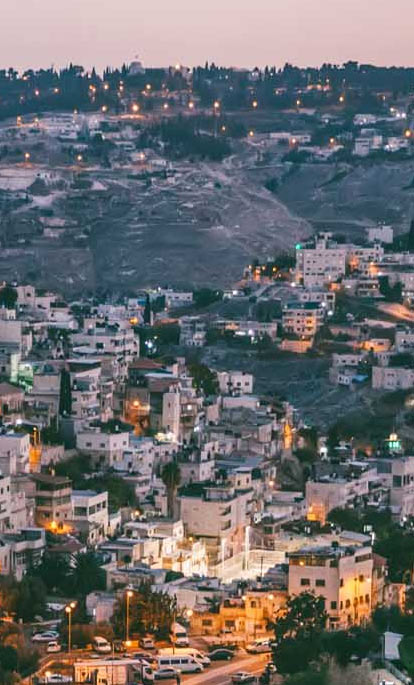The best time to visit Israel is during the spring and autumn. This avoids the summer’s humidity and the influx of students who descend on the country’s cities and beaches for a well-deserved break at that time of year. In spring and autumn, prices are cheaper (as November, February and March don’t overlap with any major Jewish holidays) and it’s the best time to watch bird migrations. Sandwiched between three continents, Israel is a common migratory route and is celebrated during the week-long March Eilat Birds Festival. During these shoulder seasons, temperatures range from 15-25°C. Rainfall hovers at 70mm and sunshine hangs around for roughly nine hours a day. Sun-seekers may be able to steal a few beach days, but the water may be chilly unless you head to the perennially warm Red Sea in Eilat. But the real piece de resistance of these months is their lack of travellers, making days around Jerusalem’s Old City and Tel Aviv’s Carmel Market a total breeze.
Tel Aviv
If you’re after soaring temperatures and a tan, look no further than Tel Aviv during the summer (May-August). With temperatures hovering between 23-30°C, it is ideal for sunbathing and swimming. However, it is also Tel Aviv’s driest season so don’t be surprised if temperatures do push 34°C. Tel Aviv welcomes the majority of its tourists during these months too, so make sure to book your trip in plenty of time. If you’re not in the mood to fight over prime hotels, stick to September to November. Temperatures remain in the mid-late 20s, the sea is still warm enough to swim in and rainfall stays at a minimum.
Jerusalem
Like with the rest of the country, the best times to visit Jerusalem are April through to May and October through to November. Avoid visiting during the main religious holidays (Purim in March, Rosh Hashanah at the end of September and Sukkot in October) if you’re after a crowd-free tour of the Old City, Golgotha at the Church of the Holy Sepulcher and the Garden of Gethsemane. However, if you’re keen to experience its festive atmosphere, there is no better time to go. Winter does boast good hotel deals too but be warned – the weather is known for being particularly temperamental during these months.
Red Sea and Eilat
Eilat and the Red Sea are pleasant all year round. In January, highs of 21-22°C are common, while in the peak summer season they frequently top 40°C. Sea temperatures follow suit too. The region’s rainy months last from December to January but rainfall is rarely more than 2mm. For a comfortable stay, we recommend September and October when temperatures hover at 31°C. Laze on the bohemian Mosh Beach, discover underwater utopias at the Coral Beach Nature Reserve and stay cool in the shade of the towering rocks of the Red Canyon.














